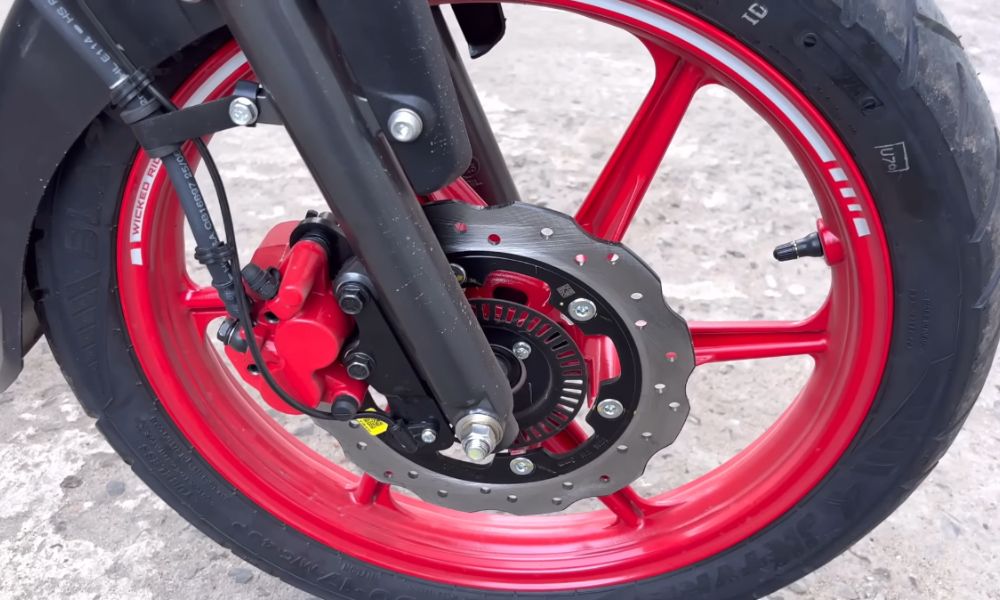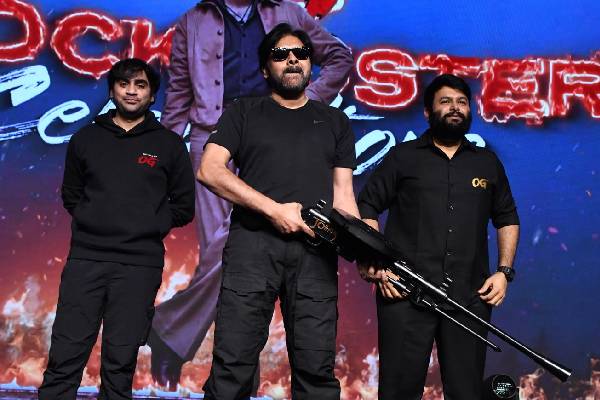

It was believed that Maruti discontinued 1.5 liter diesel engine due to stricter BS6 emission norms – But that is not the real reason, claims a new report
Many OEMs ported their diesel powertrains to BS6 norms in 2020. However, Maruti Suzuki announced a petrol-only future. This was a bit of a shocker considering that Maruti Suzuki had just launched their E15A 1.5L diesel engine, a.k.a. DDIS 225, after years of development and thousand plus crores of rupees.
What happened to Maruti Suzuki Diesel engines?
When the Indian automotive market switched to BS6 emission standards, the cost of porting powertrains proved too huge. More so, with diesel engines. However, many OEMs made the shift, while some didn’t. On principle, Maruti Suzuki has maintained that the discontinuation of diesel engines was due to declining sales and narrowing benefits of diesel’s running costs.


Being the largest car manufacturer in India, the company must have had a certain degree of far-sightedness and analysed these shortcomings before developing the DDIS 225 engine. But the company dived deep head-first and only realised these shortcomings post BS6 norms announcement. Why, though? This question is more interesting than ‘Melody itni chocolaty kyu hai?’.
A new report from Autocar claims that they got insights regarding this question from people in the know-how who were working on the development of Maruti Suzuki DDIS 225. There was a major oversight and fault in DDIS 225 engine cylinder head, that made it almost impossible to port it to BS6 norms and had to be axed just after a year of launch.


This is not standard protocol for mainstream manufacturers who design an engine to have a lifespan of at least 15 to 20 years. While Maruti Suzuki had one of India’s largest diesel car portfolios, it was based on a Fiat-sourced 1.3L engine. Their Indigenous diesel engines have always failed commercially, starting with the E08A 2-cylinder diesel engine (a.k.a. DDIS 125) that debuted with Celerio.
With 30% of their total sales from diesel variants, Maruti Suzuki decided to develop a new indigenous diesel engine. Two DDIS 125 engines were joined together to form a DDIS 225 engine and it displaced 1.5L in volume. First debuted with Ciaz in March 2019, this engine was soon offered with Ertiga in April 2019.
What went wrong?
Around the same time, Maruti Suzuki also announced that they would stop producing diesel engines post April 2020. This came as a shocker to the entire automotive fraternity as DDIS 225 had just hit the showrooms. Like a parent announcing to choke their child in the crib. Maruti Suzuki had less experience in diesel engine development and thus had a major oversight in engine head design that made it impossible for this engine to adapt BS6 norms.


DDIS 225 had quite a few fancy hardware, primary among them were dual-mass flywheel for reduced vibrations and integrated exhaust manifold for better packaging and cooling. While this system ran flawlessly in BS4 guise, integrated exhaust manifold posed greater complications when porting to BS6 emission standards owing to the overcooling of exhaust gases.
In BS6 guise, diesel engines were fitted with DPF (Diesel Particulate Filter) and DOC (Diesel Oxidation Catalyst). Due to over-cooling of exhaust gases by integrated exhaust manifold, hydrocarbon emissions were cooled to liquid form, instead of gaseous form. Coupled with the soot, overall emission particles couldn’t pass through DPF’s fine filters. Also, the regeneration process in DDIS 225 would reach 1,300 degrees which often damaged the DPF and DOC.
There were, however, a few speculations and hints from the company of a probable revival of DDIS 225 with a traditional bolt-on cast iron exhaust manifold that would negate the aforementioned complications. That said, the company had missed their window to shine in diesel engine technology. Also, New Energy Vehicles (NEVs) were posing to be the new diesel (figuratively) and hence the company never revived one of its most ambitious projects. Making Maruti Suzuki and Diesel powertrains like oil and water that never got along.






